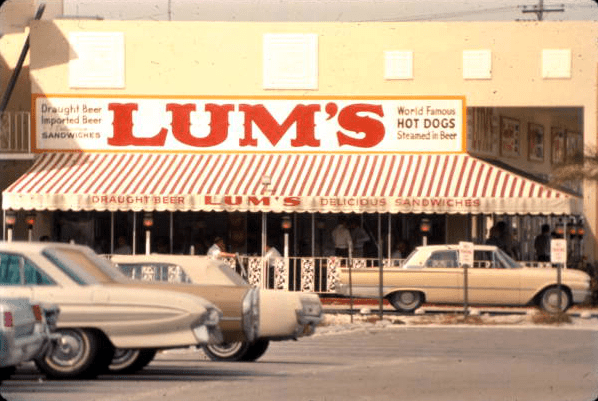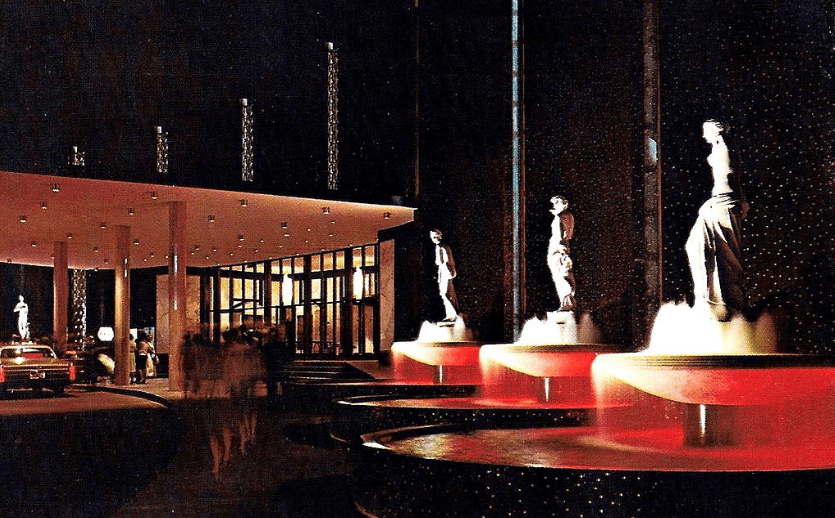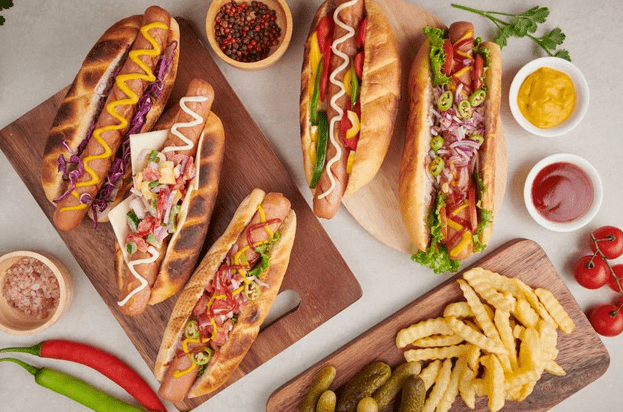As you move past the Las Vegas Strip and see the entrance of the Caesars Palace — remember it all started with beer-cooked hot dogs!
In 1956, one U.S. Army vet, who also worked as a part-time lawyer in Miami, partnered with his brother for a food joint. They spent about $10,000 to purchase a 16-seat diner on the main drag in the middle of Miami Beach. Their specialty was hot dogs steam-cooked in beer. The name was Lum’s.
At its peak, the restaurant had 450 locations. It also purchased the Caesars Palace, the casino, and a 500 room hotel in Las Vegas. So, how did such a successful chain of restaurants have to file for bankruptcy? Here is everything about this old restaurant.
History
In 1956, Stuart and Clifford S. Perlman purchased their first-ever hot dog stand.
Clifford Perlman was also the president of Southern Wood Industries. He resigned from his position to work full-time for his company. Under the brothers, it began aggressively expanding and franchising; the signature item was hot dogs steamed in beer. The stand was so successful that over the next few years, the Perlman brothers opened three restaurants. It totaled to four by 1961.
By 1969, the restaurant chain became a part of the New York Stock Exchange! At its height, this fast-food chain owned 450 locations around the country. They were as far as Hawaii and Puerto Rico.
The FBI was surrounding the three-year-old Caesars Palace hotel in Las Vegas this year. The adult resort became a hotspot after Evel Knievel jumped its fountains in 1967.
The owners then had to sell. The Perlman brothers purchased Caesars Palace for $60 million. It is no wonder the company was a hit. After all, are not hot dogs and beer American?
However, at this point, the Perlmans were ready to flip their company to others. Two years later, the Perlmans sold it to the chairman of Kentucky Fried Chicken. They then opened Caesars World.
KFC bigwig John Y. Brown oversaw this restaurant for most of the 1970s. While his chicken chain flourished, this chain struggled. Brown wanted to improve the menu and went to search for the perfect hamburger in America. Brown paid $1 million for the recipe of Ollie Burger in 1971 (equivalent to $6,390,304 in 2020). By 1978, multiple branches had shut down. There were only 273 operating.
Brown then sold this food chain restaurant to a swiss company. They filed for bankruptcy soon, marking its end.
The Famous Beer Cooked Hot Dogs & More
Their staple food was hot dogs cooked in beer. The juicy yet smoky hot dogs were a favorite of everyone, especially families at Miami Beach.
The restaurant, however, did not only sell hotdogs. Their menu offered fried seafood, hot roast beef sandwiches, a Submarine special, and burgers. Their international beer selection was another unique hook. You could wash down your hot dogs in brews from any place in Japan, Denmark, Mexico, Ireland, Germany, and the Philippines. It was not a common sight in even big chains of the early 1970s!
The restaurant also offered a special menu for kids. There were Stars and Stripes, Ben Franklinfurters, and Alexander Hamburgers. They had no beer!
Bankruptcy
Under Friedrich Jahn, Wienerwald Holdings, A.G, a Swiss holding company, purchased the 273 restaurant chain from Brown in 1978. It went by the name Wienerwald. The chain then specialized in chicken and schnitzel.
Wienerwald had overspent and had to declare bankruptcy in 1982. Two Jahn-owned franchises then closed all 70 restaurant locations and declared bankruptcy.
The first branch closed in 1983. The only functional branch then was in Bellevue. Another opened in Seekonk, Massachusetts, in 2010. However, it shuttered soon after, leaving the Nebraska restaurant as the only one. On May 28, 2017, the Bellevue location closed too.
The Bottomline
It is one of the iconic restaurants from the past that no longer exists. However, it had its fair share of success in the past. From being a part of the New York Stock Exchange to owning 450 locations and even purchasing the ever-famous Caesar Palace, the restaurant flourished well under the Perlmans. It went into decline after the Pelmans sold it, ending when the Wienderwalds filed for bankruptcy.
Today, there are several successful restaurants. Here’s how you can find the best one near you before they meet the same fate.



